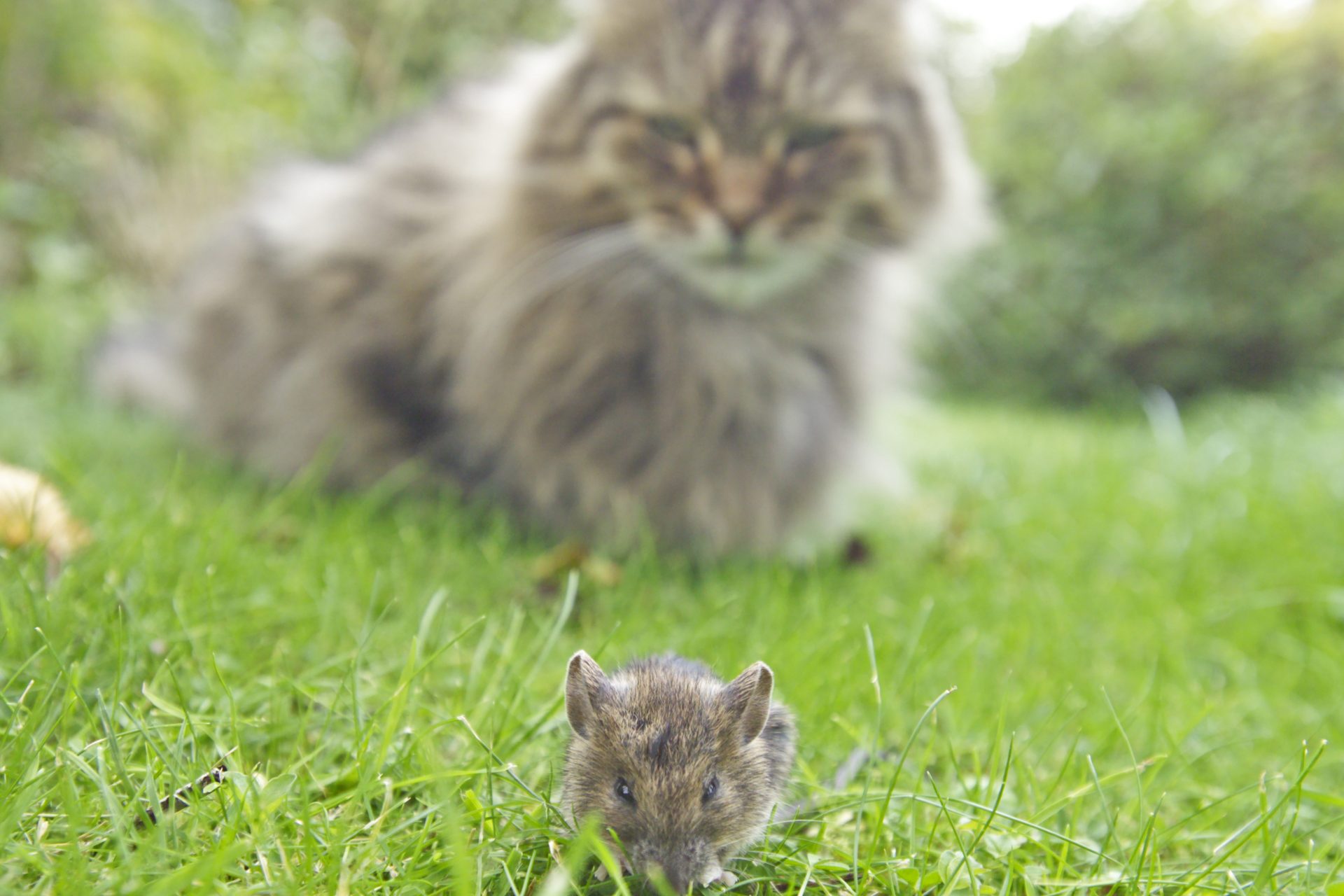Science is closer than ever to understanding how cats purr
The cat's purring sound has been a mystery for science for centuries, despite the animals being human companions for thousands of years. A recent discovery is getting us closer to the answer.
Purring is a deep, low-frequency sound that comes from the vibration of the vocal strings. It usually happens when long vocal cords vibrate.
Usually, large animals can make these low and deep sounds because they have larger vocal cords that vibrate to those frequencies.
Low sounds in animals should work like they do on musical instruments. The longer cords allow double basses to make deeper sounds than violins.
Image: Kazuo Ota / Unsplash
That is why cats' purrs interest scientists so much: their small bodies should not be able to produce such low-frequency sounds because they have small cords.
But now, scientists are closer than ever to understanding the mechanism behind that particular sound. According to research published in Current Biology, cats have a special tissue for that.
The researchers discovered that cats have what they described as pads within their vocal cords that may help produce low-frequency vibrations.
The team dissected eight cats that were euthanized because they had terminal diseases. Then, they analyzed their larynxes to search for their purring mechanism.
According to Smithsonian Magazine, the researchers pushed warm air through the larynxes to simulate cat vocalizations and successfully produced purring sounds.
The discovery was surprising because it showed scientists that cats don't need to manipulate their vocal cords constantly to produce the purring sound.
That means constant brain signals may not be necessary to produce purring sounds. Cats only need one brain signal to activate the purring mechanisms in their larynxes.
The result changes the previous hypothesis on how the purring systems worked and the amount of brain activity needed to produce those sounds in a small body.
Before the discovery, scientists believed cats needed constant brain activity to contract the muscles around their cords. It would imply a difference in the effort behind purring.
The research is not final since observing the system in live cats would be better, but that seems more difficult. Still, it has put scientists closer to understanding the mechanism and reasons behind purring.
Understanding that it is a much simpler process that doesn't need constant brain attention can also lead to solving a more complex mystery: why cats purr.
The most widely accepted hypotheses are that cats' purr may promote the healing of bones and muscles or serve as a communication system. Still, there are no definitive answers.
More for you
Top Stories




























